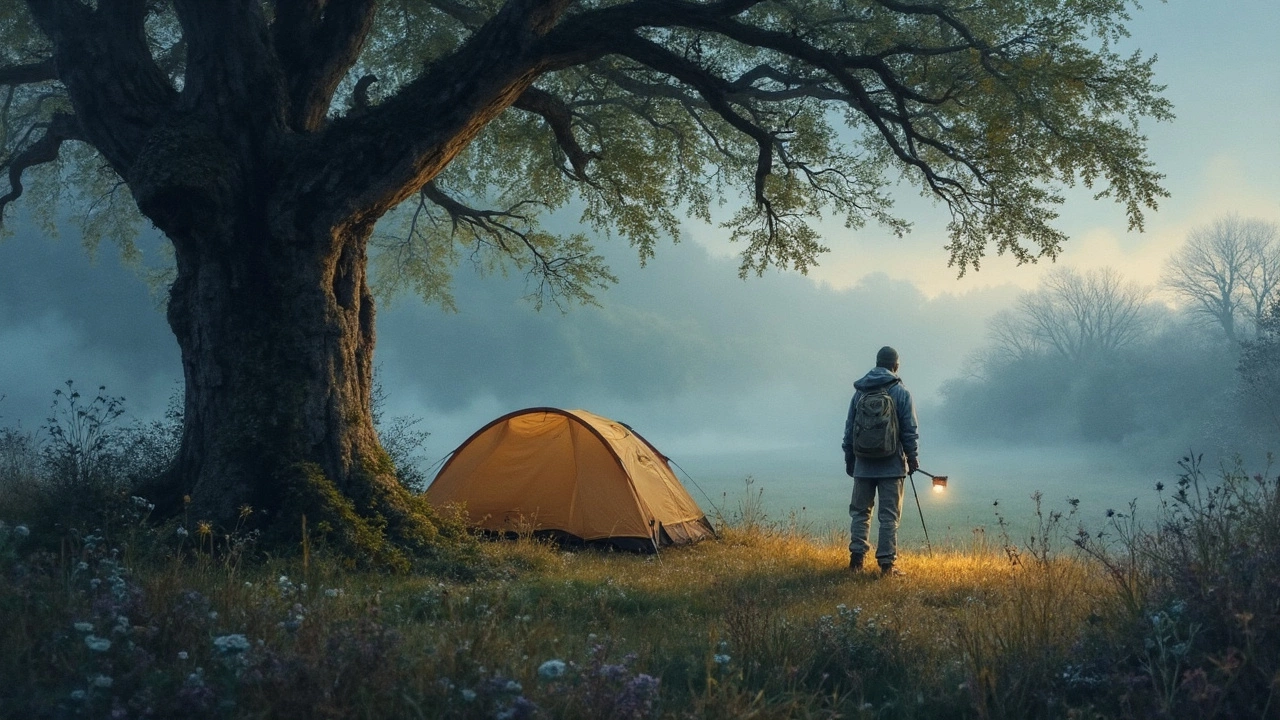
Stealth Camping: How to Camp Anywhere Without Being Noticed
Ever wanted to sleep under the stars without setting up a big campsite that screams ‘campers here’? Stealth camping is the answer. It’s all about blending in, staying quiet, and leaving no trace, so you can enjoy nature (or a city rooftop) without drawing attention.
Pick the Right Spot
Start by scouting locations that offer natural cover. Look for dense bushes, rocky outcrops, or abandoned structures that hide your gear. If you’re in an urban area, a quiet alley, a deserted parking garage, or a rooftop with a low fence can work. The key is to choose a place where you’re not on a main path and where you can disappear if someone walks by.
Check the surroundings for cameras or regular foot traffic. A quick walk around the area at different times of day helps you gauge how safe the spot is. If you hear a car or footsteps often, move on – you don’t want to be caught in the act.
Gear Up Light and Low‑Key
Keep your gear minimal and compact. A small bivy sack or a tarp with a low‑profile footprint is cheaper than a full‑size tent. Use a sleeping bag that folds into a thin roll, and avoid bright colors or flashy brand logos. Dark, matte fabrics blend better with natural surroundings.
Pack a headlamp with a red light setting; it’s less likely to attract attention. A multi‑tool, a portable stove with a tiny fuel canister, and a water filtration straw cover the basics without adding bulk. Anything you can double‑up on (like using a poncho as both rain gear and a groundsheet) saves space and reduces your silhouette.
Stay Quiet and Invisible
Noise is your biggest giveaway. Set up after dark when people are less likely to notice movement. Use soft steps and avoid rustling leaves. If you need to cook, do it quickly and choose low‑smoke meals—no sizzling bacon that creates a visible plume.
Leave no signs behind. Pack out all trash, dig a small hole for human waste if you’re in the wild, and spread out any footprints with a stick or your shoes. The goal is to make the spot look untouched when you leave.
Know the Rules
Stealth camping isn’t about breaking the law, but you do need to be aware of local restrictions. Public lands often allow dispersed camping in certain zones, while city property is typically off‑limits. If you’re unsure, a quick search for “camping rules + [area]” can save you a ticket.
When in doubt, ask a local ranger or a friendly resident. Often they’ll give you a hint about the best low‑traffic areas or let you know if a spot is under watch.
Safety First
Never camp alone in a totally isolated spot if you’re new to stealth camping. Bring a charged phone, a personal locator beacon, or at least let someone know where you’ll be. Keep your valuables close and use a cheap lock or a hidden pocket to protect them.
If weather turns bad, have an emergency plan. Pack a compact emergency blanket and know the quickest route to a shelter or a well‑lit area.
Stealth camping can turn an ordinary night into an adventure you won’t forget. By staying low‑key, packing smart, and respecting the land, you get the freedom of the outdoors without the crowds. Now grab your gear, scout a hidden spot, and enjoy the night under the sky – silently and safely.
